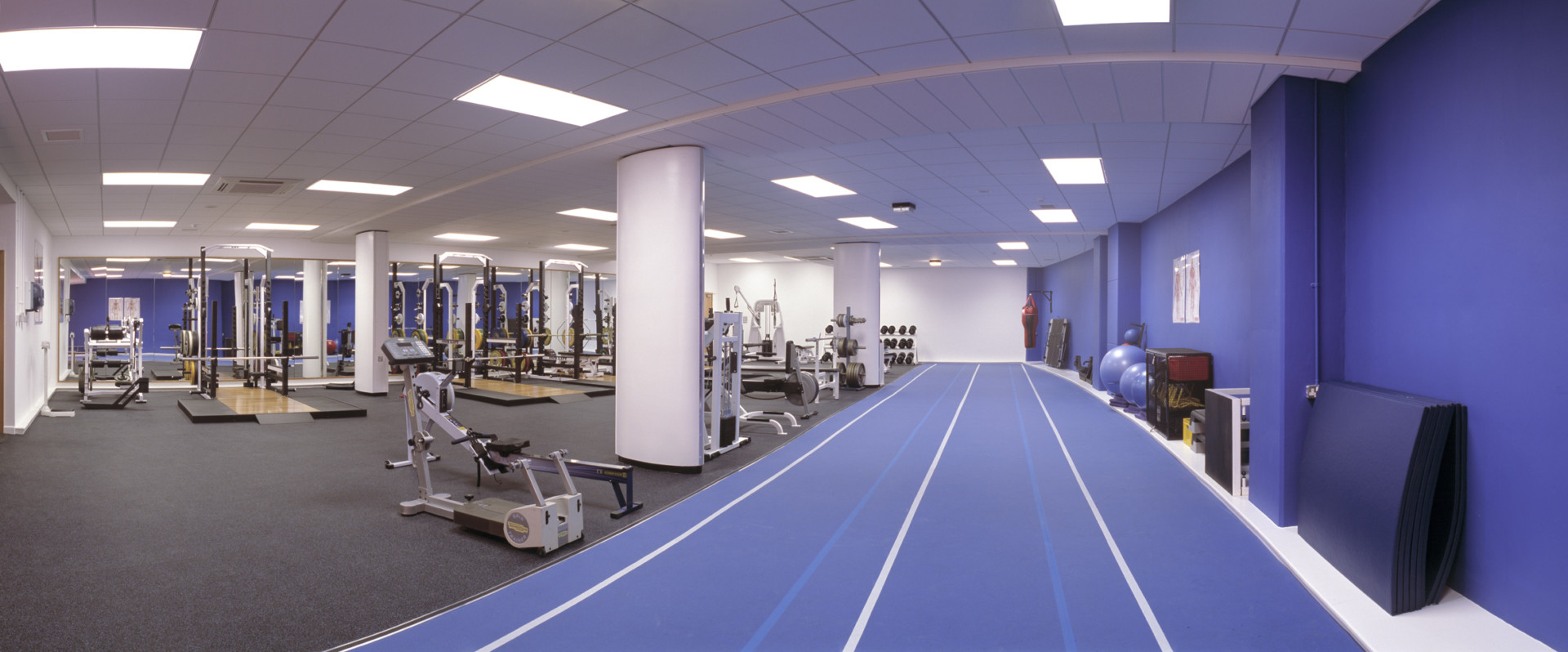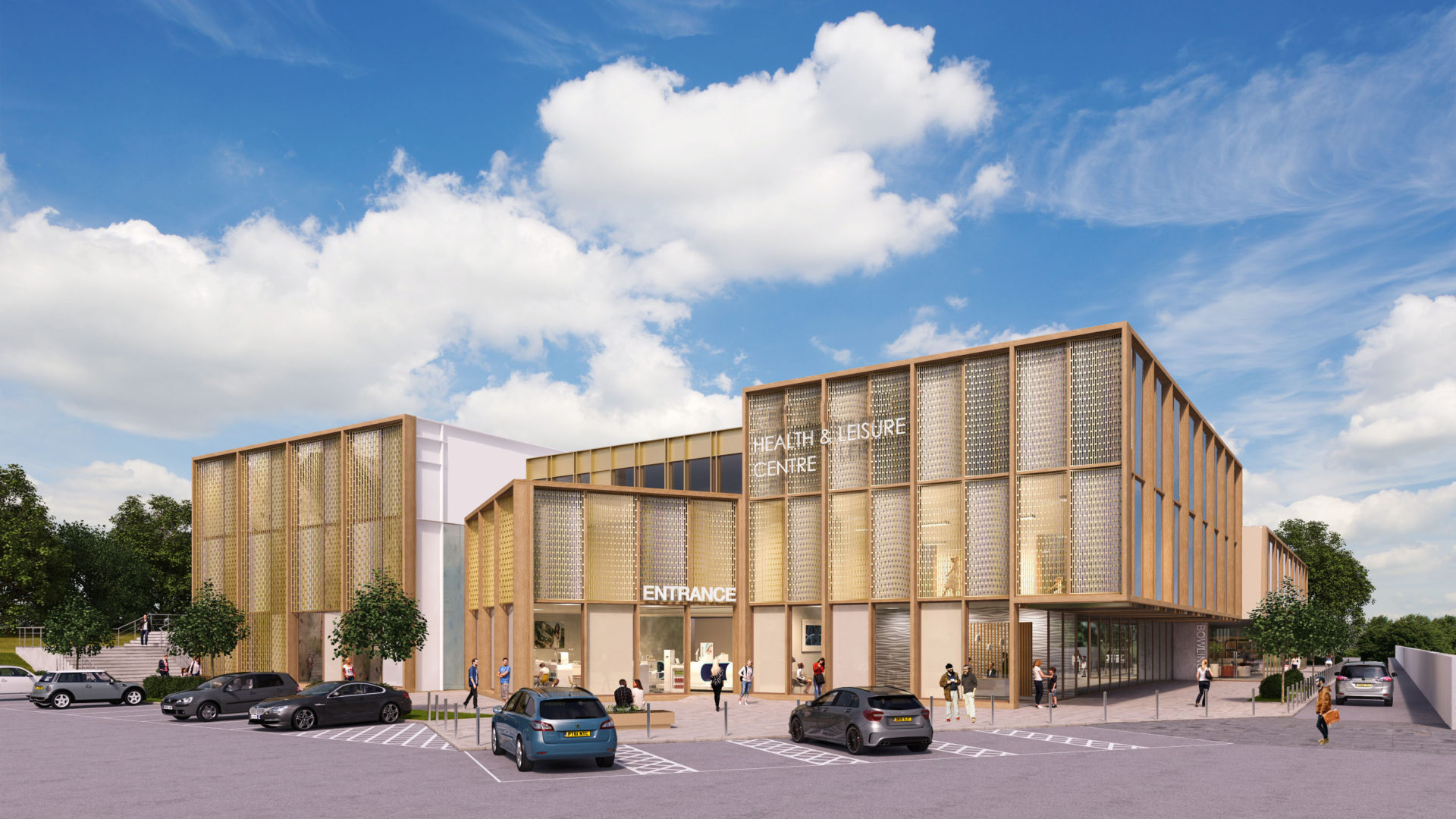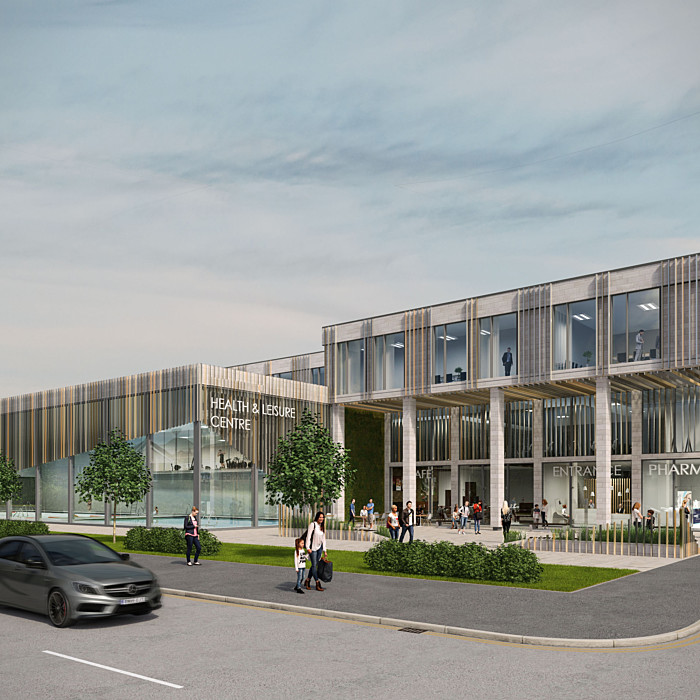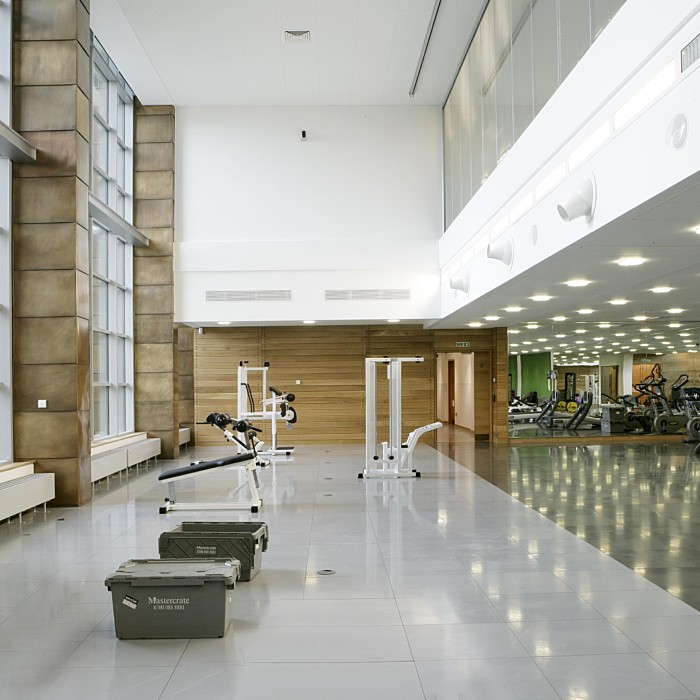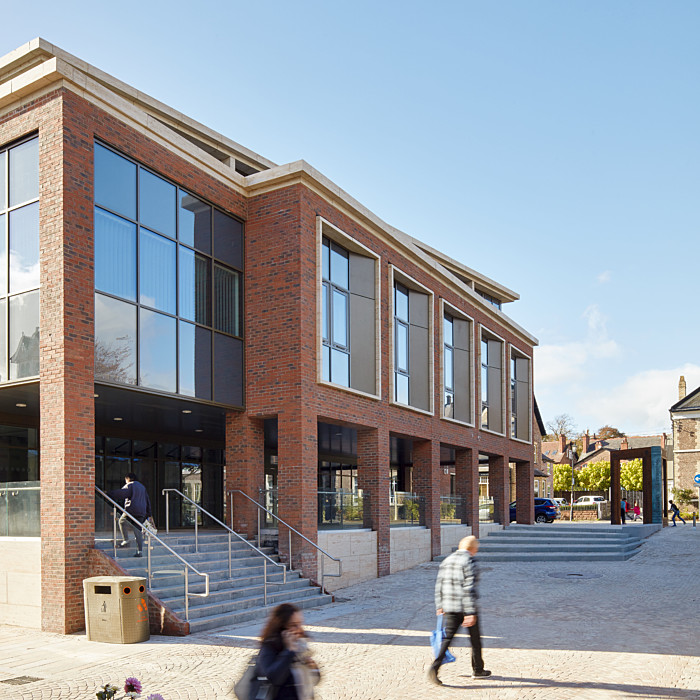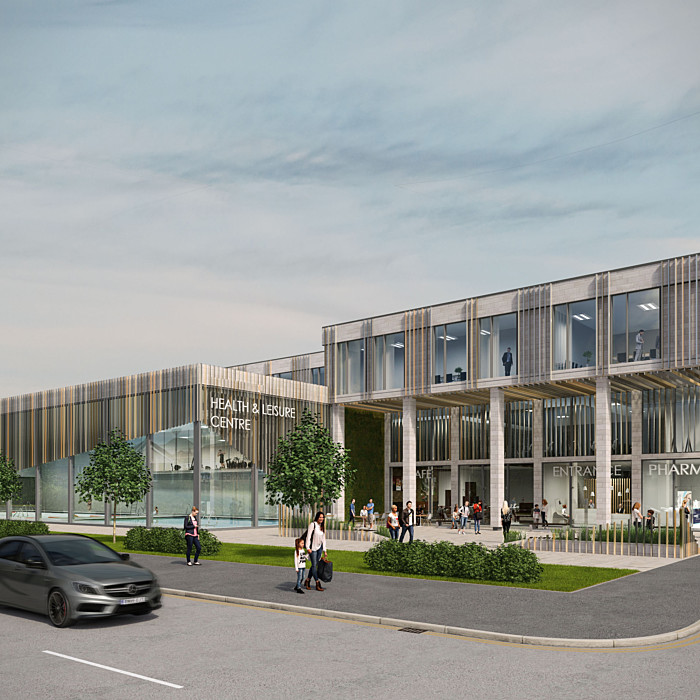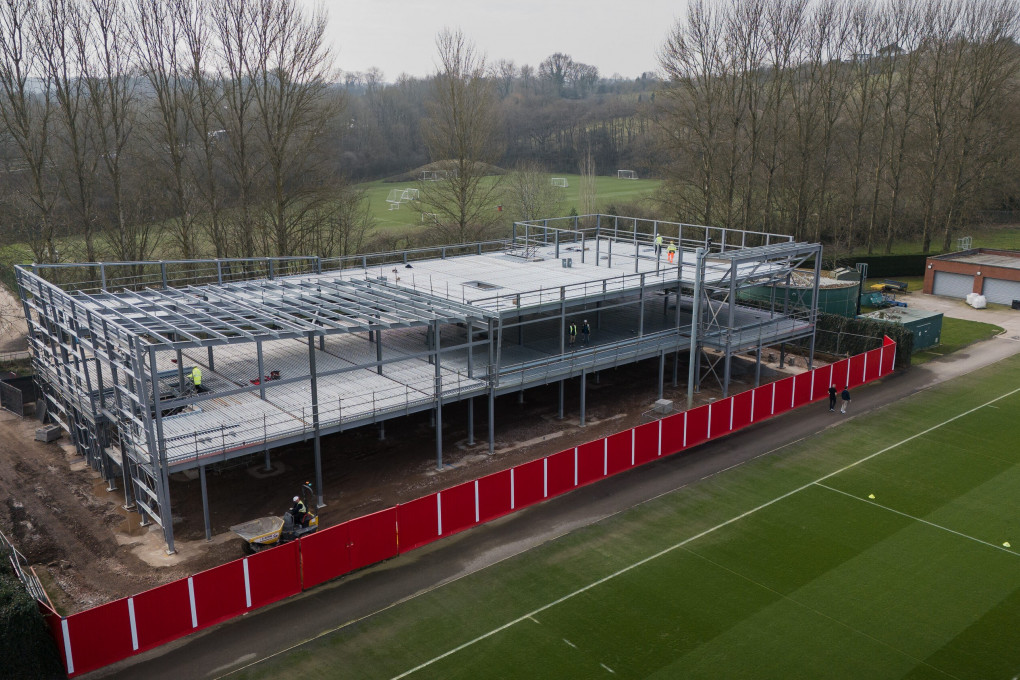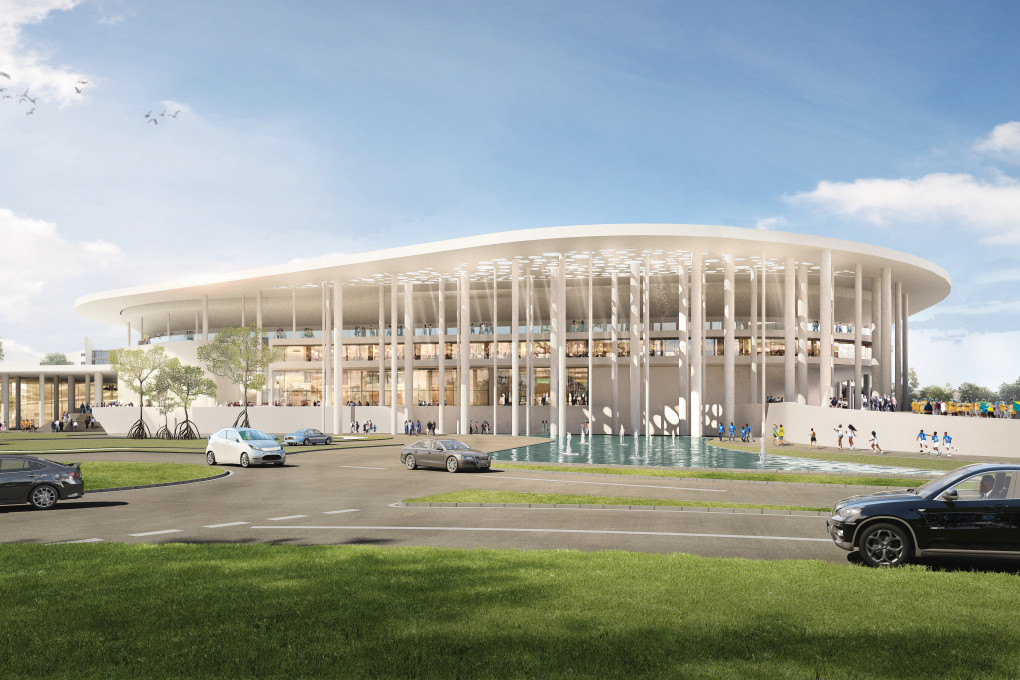Additionally, some of us may have existing health conditions that limit both our ambitions and our ability to make positive changes. When activity is made accessible, perhaps as part of a central community hub, good healthcare habits become easier to create and maintain.
The benefits of exercise are widely known but there are still many barriers to participation: from health issues such as injury or illness, to proximity and availability of activities.
In my personal experience, a change in general practitioners led to a prescription of a Couch to 5k programme.
This with the existence of a local Parkrun gave me the encouragement I needed to become more active. Through these changes I became a regular runner for both exercise and, to my surprise, enjoyment.
Had I not had the support in place and at my doorstep, this transformation would not have happened.
"The co-location and combination of healthcare and sporting facilities is vital to the health of the individual as well as the nation."
The recent NHS Long Term plan addresses this, calling for an expansion on the offering of “social prescriptions” to patients, including swimming, dancing, and art classes.
It is only when these are combined and directly integrated, however, that they can be most effective. When GPs prescribe exercise with facilities directly adjacent, the virtuous connections can be emphasised and an individual’s wellness can be approached in a more holistic manner.
"As architects with specialisms in both healthcare and sports and leisure, AFL are in a unique position to provide expertise to clients on truly integrated extemporary facilities."
With the increasing focus on localising NHS provisions, and bringing diagnostic facilities out of hospitals and closer to patients, a new model could create community hubs to be visited for all aspects of wellbeing.
The greater the integration between sporting facilities, healthcare, diagnostics, and treatment, the more proactive we can be about taking care of ourselves.
